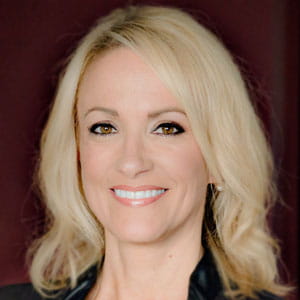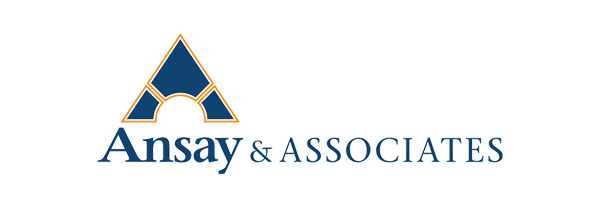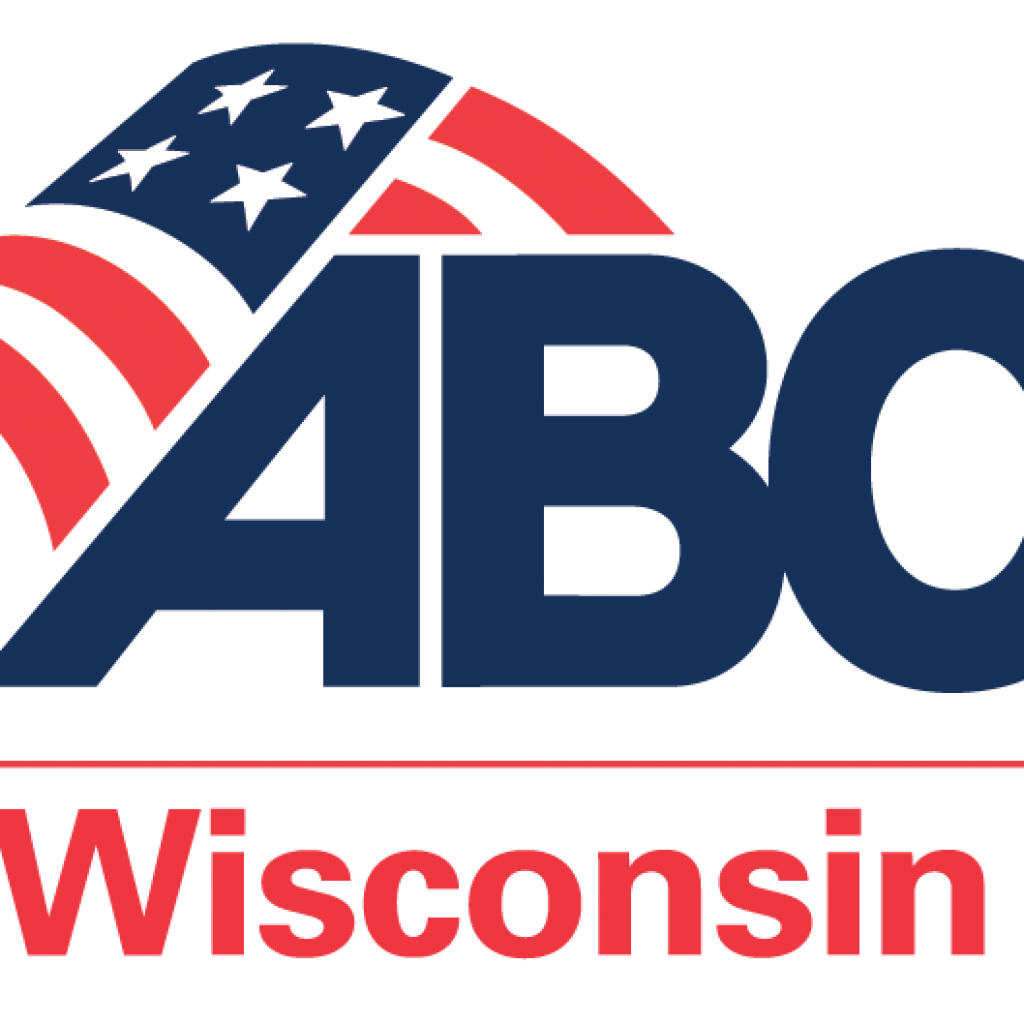
By Marcie Bomberg-Montoya, Wipfli
When Silicon Valley Bank (SVB) collapsed, it caused a lot of panic among the public. Nonprofit organizations and small businesses were understandably concerned about everything from payroll obligations to how much of their deposits were insured to if and when they would be made whole.
Now that the Biden Administration has extended Federal Deposit Insurance Corporation (FDIC) coverage to fully protect all SVB customers, including those with balances above $250,000, it’s a good time to talk about risk management for nonprofits and small businesses.
Here are four actions your organization can take to reduce risk in your banking:
1. Identify uninsured deposits
Going forward, it’s critical for your organization to understand what percentage of your funds are insured and what aren’t.
In the United States, the FDIC maintains the Deposit Insurance Fund (DIF) to insure deposits at federally insured banks. While the DIF is normally funded through quarterly assessments on insured banks, a special assessment will happen soon to cover the depletion of funds being used to make SVB depositors whole.
On the credit union side, all deposits at federally insured credit unions are protected by the National Credit Union Share Insurance Fund, which is maintained by the National Credit Union Administration (NCUA).
Banks and credit unions are required to have signs at their locations letting you know they are insured by the FDIC or NCUA. Additionally, both must include their insurance status in advertising and on their website.
This means you’ll want to first verify that your financial institution is insured by the FDIC or NCUA. Then, assuming they are, you’ll want to have them walk you through all your holdings and identify what amount is insured and what isn’t. While both funds insure deposits up to at least $250,000 per individual depositor, the limits to what’s insured does differ based on account types and ownership structures, so working with your bank or credit union will help you gain a complete and accurate understanding versus trying to do this complicated work yourself. (For those who do want to figure this out on their own, you can use the FDIC or NCUA estimator tools on those respective websites.)
Some organizations specifically need to have a complete understanding of their funding sources. Organizations, including some municipalities, school districts and grant-funded nonprofits, may be required to have their funds wholly insured in some instances, so it’s especially critical to understand if you’re not in compliance with this requirement.
2. Determine your options and weigh them against your risk tolerance
Once you have this understanding, your financial institution can provide recommendations for how your organization can cover uninsured deposits. These may include obtaining additional insurance with your institution; if CDs are a part of your investment strategy, using CDARS (Certificate of Deposit Account Registry Service); accessing a cash management account; diversifying by depositing money into different financial institutions; or using a program like MaxSafe (offered by Wintrust) that divides your deposits for you among a group of banks so that you can insure a greater amount of your organization’s funds.
What makes the most sense for your nonprofit or small business depends on your situation. For example, if you have a covenant with an institution tied to a loan or line of credit with them, you may want or need to keep most of your funds with that institution instead of opening accounts at other banks or credit unions. That’s when you might look at obtaining more insurance with the institution or perhaps leveraging a CDARS program that places excess deposits with other institutions. It is important to understand whether the terms of your credit relationship have these requirements.
Once you’ve asked your bank or credit union what options they have to help you ensure all your deposits are insured, you can discuss with your board and/or management (if required) and determine which options you want to act on and how much risk you’re willing to accept. Some boards will accept a certain amount of risk, especially given the risks for depositors in the current system is still quite low, and the U.S. banking system is resilient. Understanding your overall risk tolerance will help your board and management make the right decisions for your organization.
3. Monitor the health of your financial institution
One of the simplest things you can do to reduce risk is to monitor your bank or credit union’s health. Look at their quarterly call reports, annual reports and bank rating. And since this won’t give you complete transparency into their investment portfolio and liquidity management risk, make sure you have regular conversations with them about these things, too.
Keep assessing and reassessing your deposit strategy. Know on a monthly basis what amount of money is at what institution, know your influx and outflows, and be able to report your organization’s exposure to your board so they can continue to confirm their comfort with that exposure. Actively managing your banking relationships with continual monitoring and conversations is critical.
4. Seek the advice of third parties
Since deposits aren’t the only funds nonprofits and small businesses have, make sure to involve your accountant and your financial advisor in decisions about diversifying your assets and ownership structures and actively managing your investments. Understand your risk appetite, as it will help you make appropriate decisions.
And don’t panic. Don’t react to inflammatory headlines. Do your research, talk to your banker and money managers, and make decisions with them and your board based on your specific situation and risk tolerance. A good relationship with your banker often means they can monitor and flag any new funds that become uninsured, helping you continue to make good and quick decisions for your organization.
Marcie Bomberg-Montoya, OXI, OEI, Principal with Wipfi, brings over 25 years of experience in executive leadership roles in both financial institutions and private enterprise to her engagements. She has developed a high level of proficiency, leading a myriad of complex enterprise-wide endeavors such as mergers and acquisitions, strategic analysis and plan implementation, growth and transformation strategies, as well as innovative product and service development.












